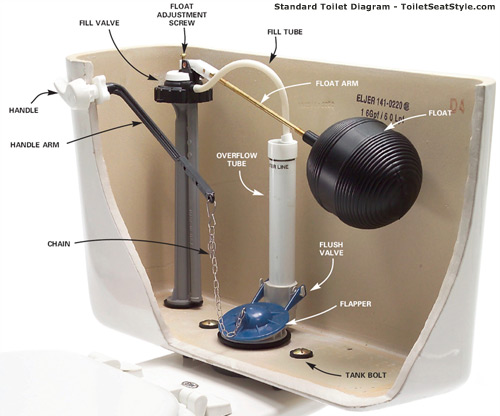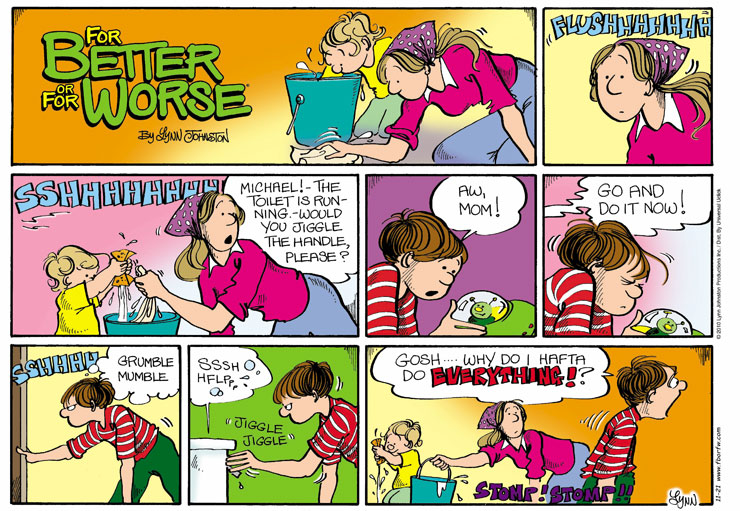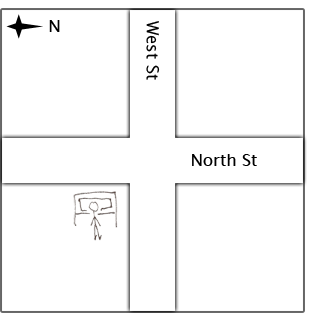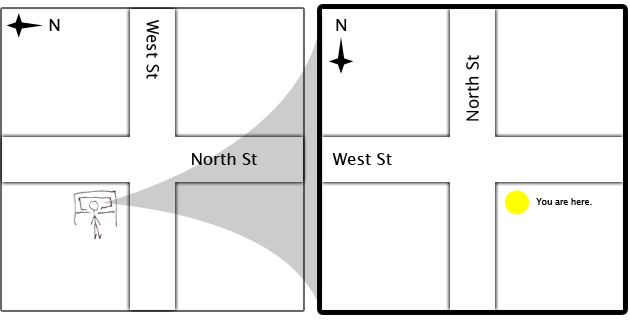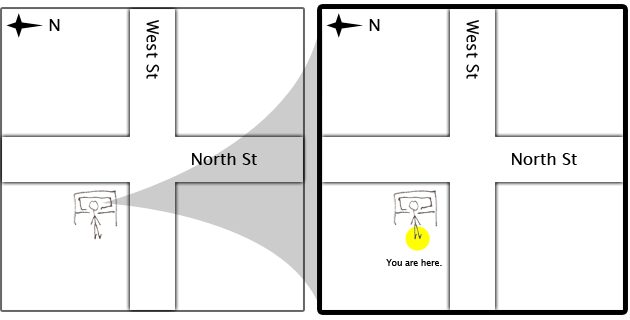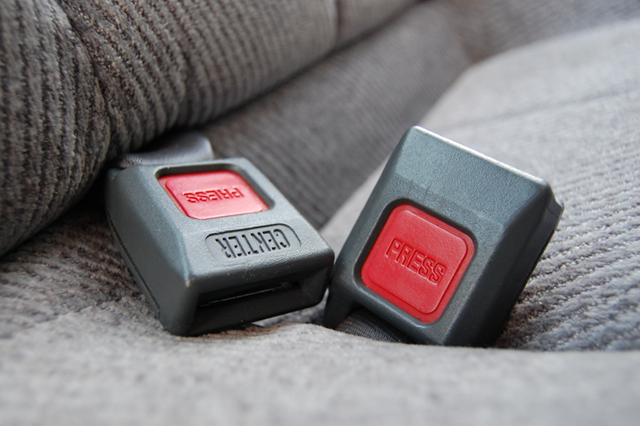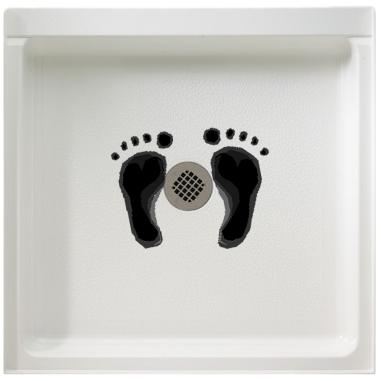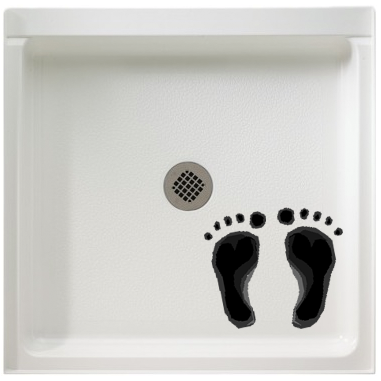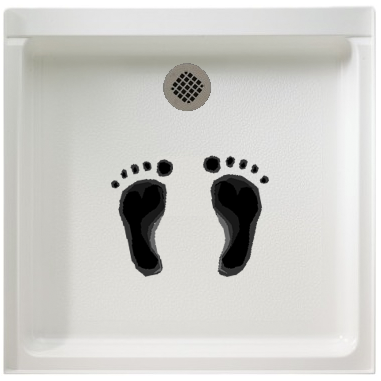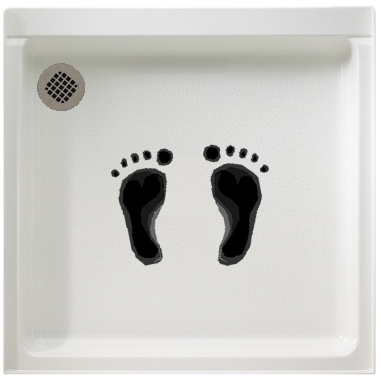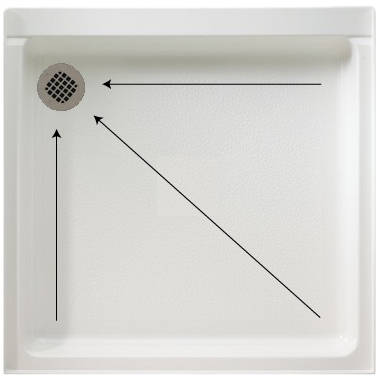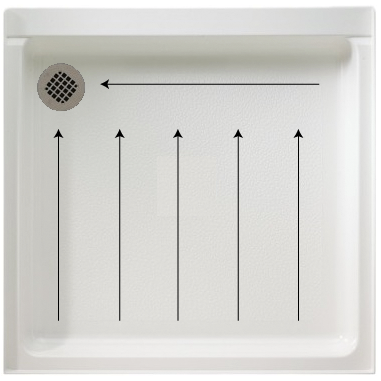Complaint: There aren’t enough hours in the day to do what I want to get done.
Solution: Define progress in terms of doing rather than in terms of doneness.
Whenever a new year rolls around I find myself thinking about what I’ve done and what I haven’t done in the last year. And I always feel like I haven’t done enough. I feel like there aren’t enough hours in the day to do what I want get done. But I actually don’t really know what that means. It’s sort of a strange thought, isn’t it? Because isn’t there a strand of time that starts at my doorstep and unravels to the horizon, which is several years down the road? I’m given 5 years or an hour and I can sort of do anything I want, I just can’t do it all at once. I have to choose. And you have to choose. We all have to choose. So let’s choose. But we can’t really complain. If I choose to spend my hour learning how to play the guitar, then I can’t complain about not having enough time to learn how to play the saxophone because I could have spent that hour learning how to play the saxophone.
The situation reminds me a bit of a joke I heard once: A man orders a pizza and the pizza guy asks, “Do you want that cut into 6 slices or 8 slices?” The man answers, “You’d better make it 6—I don’t think I can eat 8.” An hour is an hour any way you slice it, and so is a day. So the people who are asking for more hours in the day are like people asking for 26 slices instead of 24. You won’t get 26 60-minute hours, you’ll just get 26 55-minute hours, which is the same as 24 60-minute hours. The only thing that we can complain about is ourselves being bad choicemakers. But that’s a different sort of complaint and it’s correctable. So making the right choices is the thing to focus on, not wishing for 26 60-minute hours.

Even if you could have 26 60-minute hours, I don’t think it would feel like you had more time. Suppose that I informed you that you would live to be 100 years old, not 90 like you were expecting. Would you feel, in this moment, that suddenly you had a lot more time to do stuff? Would you relax and move more slowly, now that you knew you had 10 extra years to do all the things that you had wanted to do? It’s hard to imagine that this knowledge would affect how you would live a big chunk of time, like 5 years or more.
The main issue here is progress but how a something progresses is often largely out of our control. The idea that there aren’t enough hours in the day to do what I want get done conflates two different things—doing things and getting things done. These should be kept separate. Doing things has to do with the doing, which we can control, and getting things done has to do with the doneness, which we can’t control. With many, perhaps all, things, I’m not in control of whether something gets done or not; I can only control what I do. For example, I can spend all day trying to invent a hovercraft but that doesn’t mean that my efforts will result in the existence of a hovercraft. Similarly, I can commit 2 minutes of my life to baking a potato but that’s not going to result in me having a baked potato because that’s not enough time to cook it.
While I was living on Molokai, I came up with a way of separating my life choicemaking from my life progress. Molokai is a very special place. On Molokai, there is enough time to get stuck in the mud, walk sideways, and read all of the coupons. Like so:
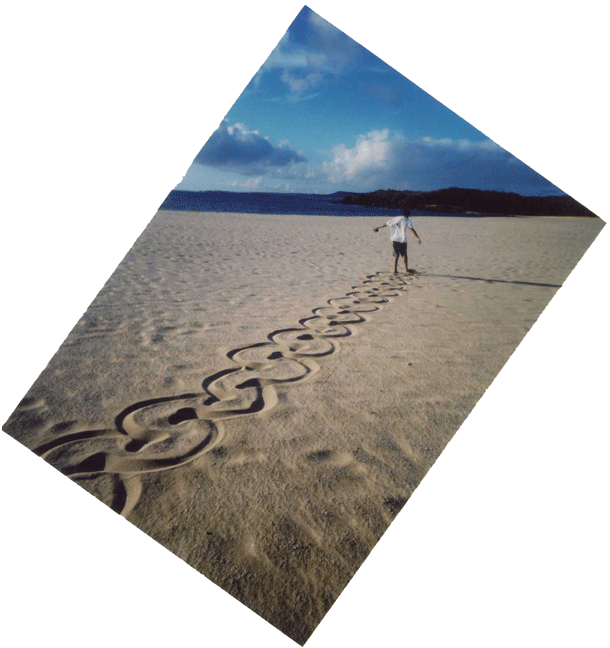
There is nothing to do on Molokai and that’s why I went there. I kind of like to do nothing. It appeases my inner slacker. But one day, I did nothing and it was slightly upsetting because that day I wanted to get stuff done. I looked at my list of things to do and how much I didn’t get done and then I looked at my day and what I did. I asked myself what I did because I knew that “nothing” couldn’t be literally nothing. I had done something with my time, I just hadn’t crossed anything off my list. So what had I done?

What I discovered was that I had meditated, done some yoga, and made breakfast. I went for a run, had a shower, read a book, hung out in a hammock, wrote a little bit, and took a nap. I had some friends from the east end over for tacos and we drank some beers as the sun went down. When they left, I cleaned up and then sat out in front and looked at the stars. It was a great day. I didn’t check anything off of my to-do list, but it was a great day. It was the type of day that someone should be proud of, not ashamed of or upset by, and so I created “Mitch’s Life “Progress” Chart, in Terms of Stars and Little Pictures”, to acknowledge the greatness of this great day and other days like it. My life chart is a picture journal that documents my day’s activities. It is based on the idea that choicemaking and progress should be kept separate. Although my goals may include inventing a hovercraft and baking a potato, my biggest goal is to spend my time on the things that matter to me, in amounts that seem appropriate to me. I believe all of those people who say that no one on their deathbed ever wishes they spent more time in the office. So my goal is to make sure that I’m spending my time on the things that are important to me. I want to make sure that I’m slicing my life up the way I want to—a certain percentage on work, a certain percentage on leisure, a certain percentage hanging out with friends and family, a certain percentage reading books, a certain percentage enjoying the great outdoors, and so on. If I’ve got the percentages right, then I’m happy. Even if I don’t have a hovercraft at the end of one day and it takes me several days to bake a potato.
If I’m spending my time on things that I want to, in percentages that I approve of, then what more can I ask for? Sure, it would be nice if I could create a hovercraft in a day but if I can’t, then I don’t want to spend all of my time on that project at the expense of the other things that I want in my life. I don’t want to work everyday all day long on the hovercraft because it would mean foregoing vacations, time with my family and friends, surfing, taking photos, etc. What kind of life would that be? Not the one for me. I want a life balanced like this:
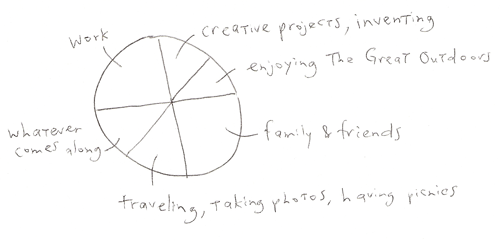
If you like the idea of gauging your life progress in terms of how closely you are spending your time compared with your ideal spending of time, or if you just like the idea of giving yourself stars and drawing little pictures, knowing that not even 4th graders are judging you, here’s how to set it up:
1. Buy some shiny star stickers.
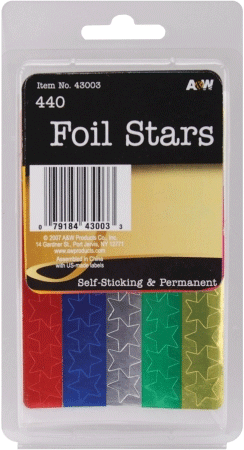
When I have run out of stars, I have used markers instead and I have to say, the sticker stars are much more satisfying.
2. Decide what a five-star day would be for you and define the stars accordingly.
For example, mine are:
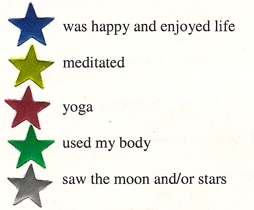
3. Think of other things you value and want to be part of your life and define the rest of your legend. They can be activities as well as attitudes or mindsets.
Here are some of mine:
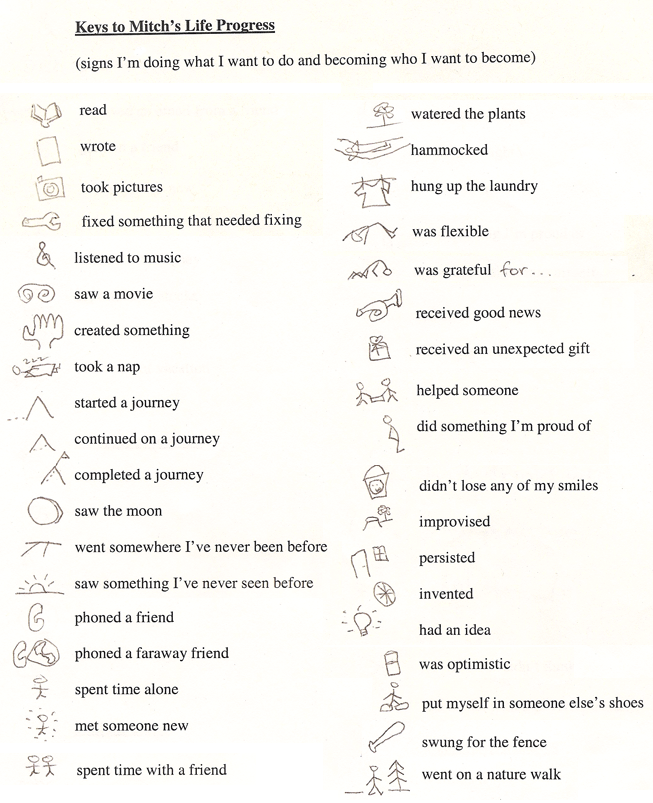
4. Track your progress everyday, at the end of the day.
This was my day today:
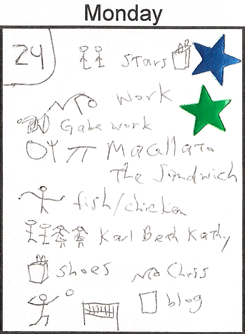
Translation: I bought some shiny star stickers before work because I ran out. Then I went to work and I’m grateful that I have work, that it’s engaging, and that my coworkers are nice. For lunch I tried a new place called Macellato the Sandwich. I ordered the fish sandwich but when I got back to the office I discovered that it was a chicken sandwich—but I also discovered that tartar sauce tastes pretty good on chicken sandwiches too. So the long-wavy-armed stick figure represents me going with the flow. Lunch is enjoyable even when you don’t get what you ordered. The pi-shaped looking thing next to the plate and fork is actually a road symbolizing that I went somewhere that I’ve never been before—in this case it was the Macellato the Sandwich shop not Guatemala but I can’t get to Guatemala on my lunch break. I ate lunch with my coworkers, Karl, Beth, and Kathy, and they are wonderful, so they get stick figure representation in my day. After work, I bought some shoes—that’s what the shopping bag is for. Then I played volleyball (that’s using my body, so I get a green star) and I was grateful that my friend, Chris, could sub for us because we were short players and also it’s always nice to see Chris. The last item is a blank piece of paper, which represents the writing that I did for this blog post. All in all it was a pretty good day. I “was happy and enjoyed life”, so by the power vested in me by me, I get a blue star.
What’s nice about doing this at the end of the day is that it makes you remember “Oh yeah, I went for a run today, and wasn’t that nice?”
Try keeping track of your Life Progress in terms of whether you’re spending the right amounts time on the things that matter to you and whether you’re cultivating the attitudes that you want to have—in other words, try keeping track of your Life Progress in terms of Stars and Little Pictures. Try it for a day. You might like it.
Namaste.
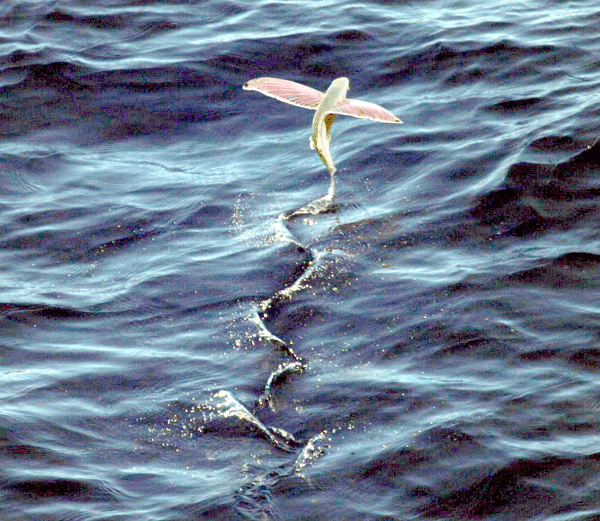

 Tweet
Tweet








